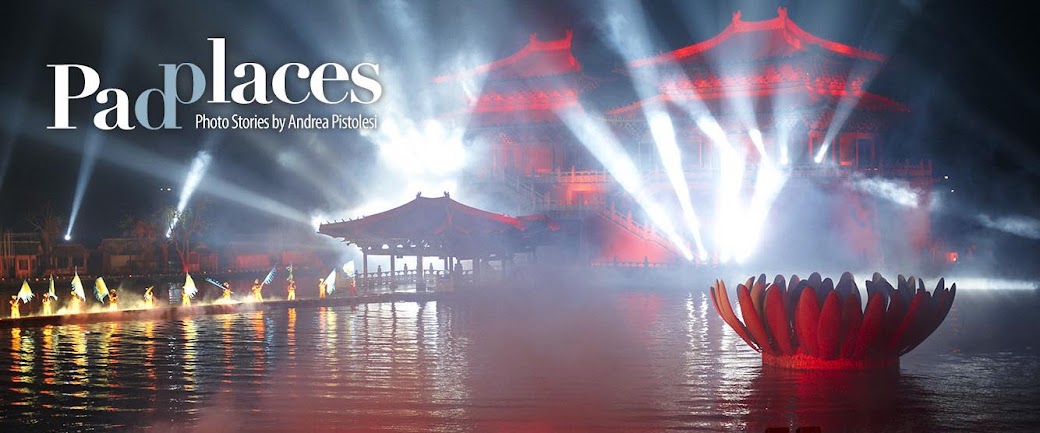INTRAMERICAS Central America On The Road
is the new book published by PadPlaces
Available on Apple iBooks, Amazon Kindle and Google Play
Also available in paperback on Amazon
Available in PadPlaces app (at a reduced price)
English and Italian editions
This is the introduction, and the idea behind the traveling..
I needed big changes. A new start. Maybe a jump start. Definitely an evolution if not a revolution.
This was a personal, professional, and even philosophical decision: a turning point of my life.
Oh yes, the peak of a career as travel photographer, the end of a love relationship, the uncertainties of a changing world (in a few months 9/11 would happen and my presentiments would unfortunately find confirmation), all played a part in my decision. But mostly was the attraction to go back “on the road” which was, and still is, my ideal living condition, that encouraged me in that direction.
In the spring of 2001 I started my small, short Odyssey, not in space, but in the countries of Central America. This represented a combination of ideas: to explore the heart of the Pan-American path, the passage from the Latin world to the borders of the English-speaking one, the trail of million migrants.
The magazine Gulliver backed my proposal, and a journalist friend, Paolo Galliani, joined me, at least for a while (I was spending longer then he needed in order to assimilate the local stories).
We landed in Panama and from there we went north using only local and long distance buses; occasionally collective and private taxis.
I had only a Leica camera, two lenses and a backpack half full of film.
What that journey meant to me is evident in the work that came afterwards.
It conveyed a much more photo-journalistic approach to my travel photography.
The perfection of framing, using tripods and comprehensive thinking, gave space and precedence to capturing moments and situations.
The accuracy of technique was not a priority any more.
The rest of the story is history, my personal history.
The nice people I met as well as the intensity of moments of fear (it was a hard and dangerous land when lived from the bottom up, as we did) provided color to the picture.
And it is not a land of smiles: very few people find the courage to smile in such a tough living situation.
This work can be dedicated only to them: the natives who willingly allowed us into their lives patiently, hardly understanding the reasons why, if caring at all.
In a society of hardships they represent the better side of humanity.

